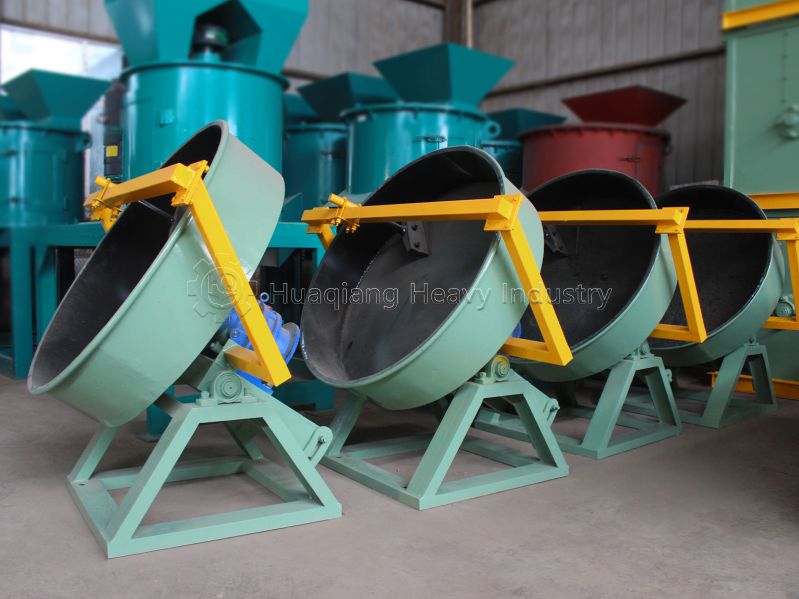Comparison of maintenance costs between disc granulators and flat die granulators
In organic and compound fertilizer production, the choice of granulation equipment directly impacts a company’s long-term operational efficiency. This article provides a professional comparison of disc granulators and flat die granulators from a maintenance cost perspective.
1.Wear-Part Replacement Costs
The core components of a flat die granulator—the flat die and pressure rollers—are high-wear parts. In contrast, the main wear part of a disc granulator is the scraper blade, which has a longer service life and lower replacement cost. Additionally, the disc liner only needs replacing every 3-5 years.
2.Routine Maintenance Costs
Flat die granulators demand higher maintenance: bearings and transmission parts require regular lubrication, die holes need frequent cleaning (1-2 times per shift), and the hydraulic system requires specialized maintenance.
Disc granulators are simpler to maintain, needing only periodic checks of the transmission system and infrequent cleaning (once weekly). With no hydraulic system, maintenance is straightforward.

3.Failure Rate and Downtime Loss
The Mean Time Between Failures for flat die granulators is about 400 hours, while disc granulators achieve over 1,000 hours.
Repairs for flat die granulators typically take 4-8 hours on average, whereas disc granulator repairs are usually completed within 2 hours.
4.Overall Maintenance Costs
Taking a 50,000-ton/year organic fertilizer production line as an example:
Annual maintenance cost for flat die granulators: ≈ ¥30,000–50,000
Annual maintenance cost for disc granulators: ≈ ¥8,000–15,000
For budget-conscious businesses prioritizing low operating costs, the disc granulator is the more economical choice. However, for operations with specific product shape requirements and tolerance for higher maintenance costs, the flat die granulator remains advantageous. We recommend selecting granulation equipment based on actual production needs and financial conditions.
